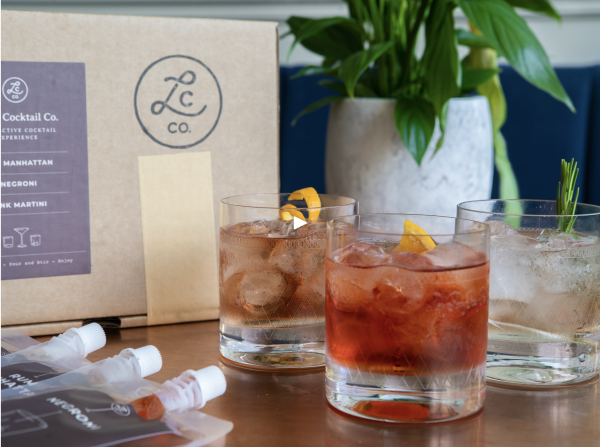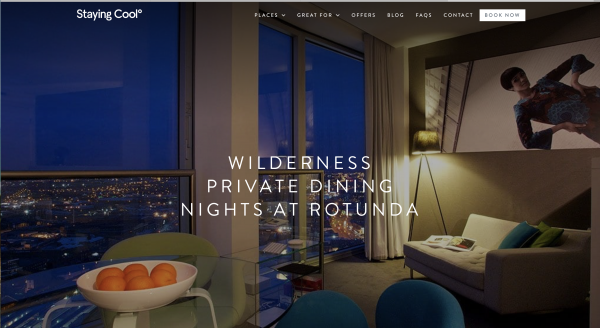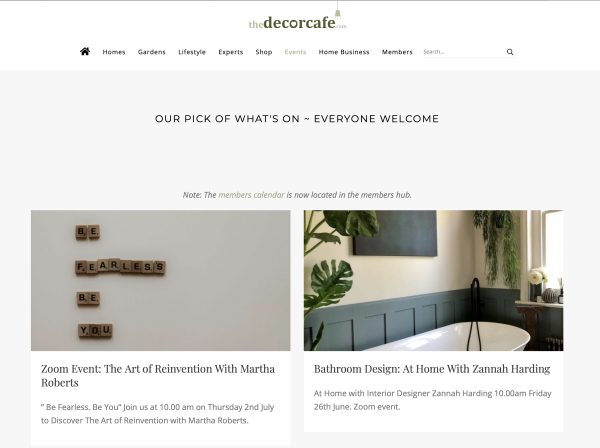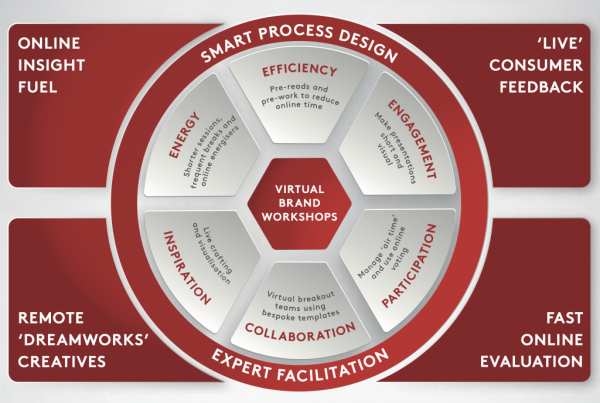How to pivot your brand to save your business
I love reading about small brands ‘pivoting’ to save their businesses during these crazy times. These success stories appear like shafts of sunlight cutting through the clouds of doom that dominate the daily news. In this post I look at learning from several small businesses that have acted with urgency and creativity to rapidly re-invent their offer to survive and thrive.
1.Clear brand purpose
The first challenge when pivoting your business is to ensure you have a clear brand purpose based on broad benefits, not narrow functional features. “What market are we really in?” and “What benefits are consumers actually buying from us?” are good questions to ask.
A clear purpose helped Liana Collection respond rapidly when its core business of distributing small, independent drinks brands to pubs & bars disappeared overnight with lockdown.
Inspired by the purpose of ‘connecting people with wonderful drinks brand experiences’, David and the team quickly created from scratch a direct to consumer cocktail offer, the Lina Cocktail Company. A beautifully designed, letterbox-friendly package contains three exceptional, handmade cocktails featuring the brands they distribute. A QR code gives access to a virtual bartender informing you how your drink was made while you stir and add your garnish.
This new offer has allowed owner David Wood was able to keep three bold promises he made (1):
“1. No one would lose their jobs or go on Furlough.
2. We would grind non-stop and find a way to adapt to the cards we were dealt.
3. Whatever we did had to continue to support small brands.”

2.Re-purpose your product
Rather than trying to sell something totally new, another way to pivot is to re-purpose your current product or service. This generates a new source of cashflow to keep the company afloat. Second, you keep your brand top of mind for when lockdown eases.
Staying Cool rents out high-end apartments in the UK and Majorca and, like most hospitality and travel businesses, revenues fell off a cliff with lockdown as people cancelled vacations and business trips.
Staying Cool created two high-end ‘foodie staycations’ to re-purpose their Rotunda serviced apartments, teaming up with Alex Claridge, chef/owner of a 3 AA Rosette restaurant called Wilderness. The Wilderness Private Dining Nights target local people looking for an original, socially distanced experience, instead of the visitors who normally book the apartments. The offer includes a three-course meal served (contact free) in the apartment with panoramic city views. Alex and his team explain the food via a live stream for an interactive experience.

3.’Do a Peloton’: go 100% virtual
Service brands that were experimenting with virtual experiences before Covid have had to instantly pivot and use this as the sole delivery method. I’ve been impressed by many small businesses in my local area that have done this and so protected income. We call this ‘doing a Peloton’, named after the brand that streams live, on-demand fitness classes.
‘Putney pivots’ include The Dance Lab delivering classes to people including Mrs Taylor, my yoga teacher Sarah of Yoga for You and The Decor Café, a collaborative creative community run by two neighbours, Debbie and Emma.

At the brandgym we ourselves have pivoted, designing and delivering fully virtual brand strategy projects (see below), as we posted on here. Our research shows that levels of customer satisfaction are actually high with this new way of working: 86% say virtual workshops are at least ‘OK’ compared to face-to-face, with most of these saying they are close to or equal the in-person version.

Whilst you clearly lose something from not delivering experiences in person, there are also benefits:
i. You can broaden your audience (e.g. the Decor Café’s events are attended by members who before couldn’t travel to a live event)
ii. clients can ‘time-shift’ their experience (e.g. The Dance Lab records lessons for people who can’t make the live class)
iii. there are significant savings in terms of time, travel & accommodation costs and carbon emissions (e.g. a global brandgym workshop with WD-40 had participants from Europe, Asia and the USA who before would have had to fly to a single location)
4.The need for speed
A common feature of all the stories above is the need for speed. I hear many business owners saying how changes under discussion for several years have been accelerated and delivered in a matter of weeks, simply because there was no choice: in these crazy Covid times, only the fast survive.
One hope for our post-lockdown lives is that companies stick to the changes made to speed up processes and cut through the corporate crap. The companies that do manage to survive and thrive should come out the other side leaner, fitter and more agile.
In conclusion, the current crisis has created pain and misery for many, but also been a catalyst for innovation, with a clear purpose combined with creativity and agility helping people pivot their brands to save their businesses.
Sources:
(1) https://www.linkedin.com/posts/david-wood-214b7450_liana-cocktail-company-activity-6679771850567905281-yODQ


